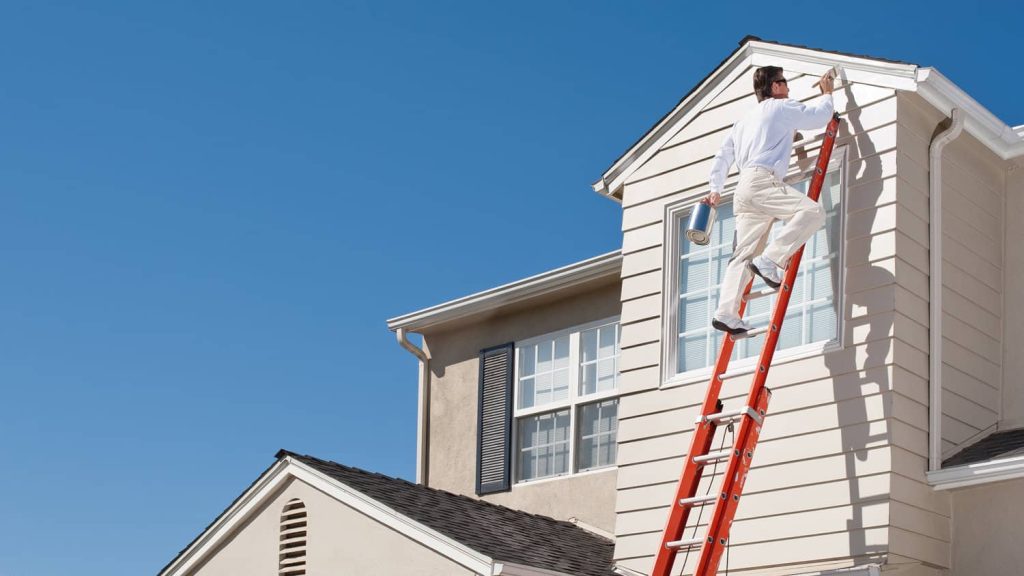Exterior wall paint is meant to endure several forces of nature because it is naturally exposed to them when painted on the exterior walls.
The sun makes the colour fade, while rain can cause moisture build-up, ultimately leading to mould, mildew, peeling, and cracking problems. Due to these problems, manufacturers have designed exterior wall paint that has the potential to withstand all these elements for at least a few years.
The durability of these paints might seem like an excellent solution for your interior painting needs, especially for rooms that are prone to constant humidity and moisture. For instance, your bathroom has to endure mould, mildew, and peeling problems due to high moisture build-up and poor ventilation. Therefore, you might want to call painting services in Mumbai to repaint your bathroom using exterior paint to manage these problems adequately.
We know that your interior surfaces also have to deal with similar problems as exterior walls. Therefore, it is natural for you to consider using exterior wall paint for solving these problems. However, it might come as a shock to you, but exterior paint can cause significant harm if applied on your interior wall.
Why should you avoid exterior paint for interiors?
Volatile Organic Compounds (VOC), often referred to as paint fumes, is a major issue that you cannot ignore. While painting on exterior walls, this condition may not arise. However, you cannot say the same when exterior paint is applied to your interior wall.
Paint fumes can seep in your room and remain for six months or more when exterior paint is applied inside your house. Paint fumes are not just bad for the environment, but also dangerous to animals and human beings.
VOC’s can result in “sick building syndrome”, which often results in symptoms like nausea, lightheadedness, headache, and so on.
If you find these fumes unbearable, your best bet would be to call professionals and have your interior walls repainted with interior wall paint. As you can see, it is best to use exterior paint for painting on exterior walls.
Essential steps to follow before repainting with interior wall paint
You need to follow a few steps to ensure the safety of the residents of the house when you repaint your interiors.
- Before you can repaint the house, try to get rid of the old paint as much as possible by sanding it down or scraping the surface.
- You need to wash the surface and let it dry for some time.
- Once your walls have dried, use a stain-blocking primer on the surface. The primer will act as a barrier between the new and old paint to eliminate the fumes.
Once you are done prepping the walls, you can start the repainting process. You will find many options in the market, but a semi-gloss finish would be perfect for interiors as you can scrub and clean it easily. Do your research and find a paint that suits all your needs adequately.
Bottom line
If you want to deal with the mildew and mould problem in your bathroom, we would recommend you buy a bathroom fan. Once you are done with your shower, you can switch the fan on, and keep the windows open to avoid mildew and mould build-up.
Request for professional painters
If you need to repaint your interior walls to get rid of fumes from your previous paint, get in touch with the professional painting services of Houston Texas Painters. Give your family members the safety they deserve by having the exterior paint removed from your interiors by experts today!








